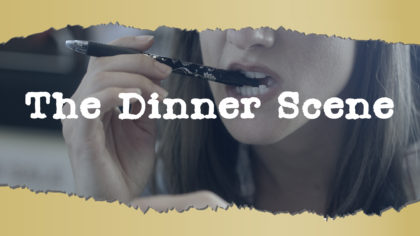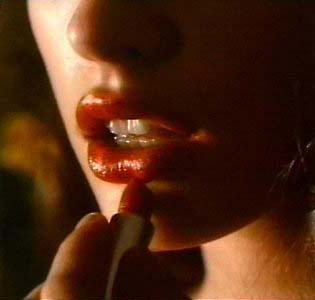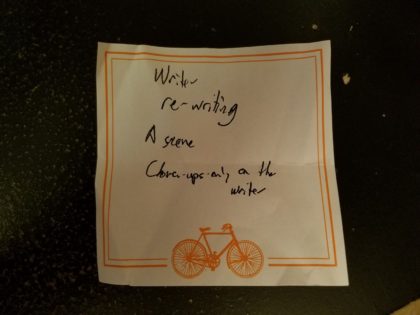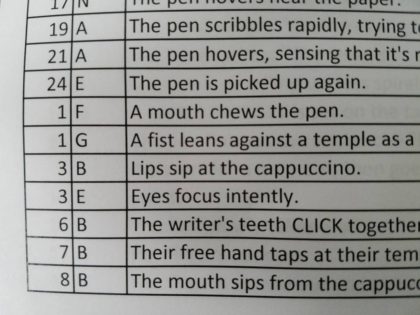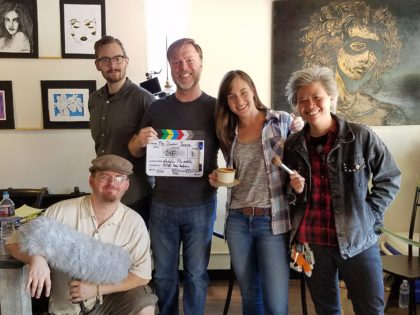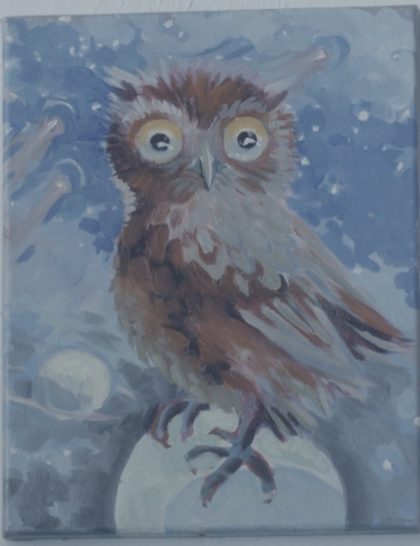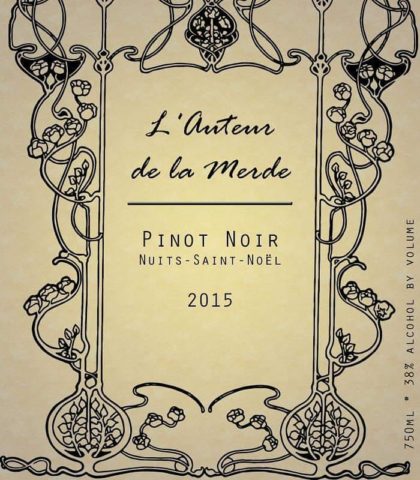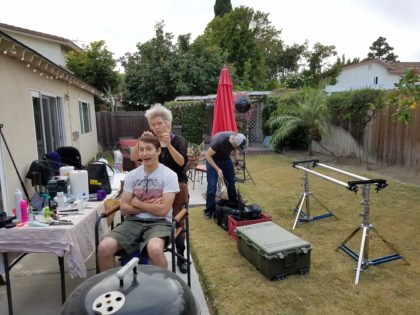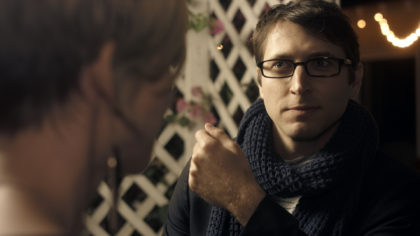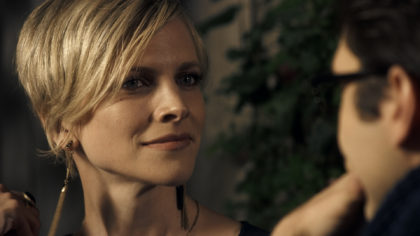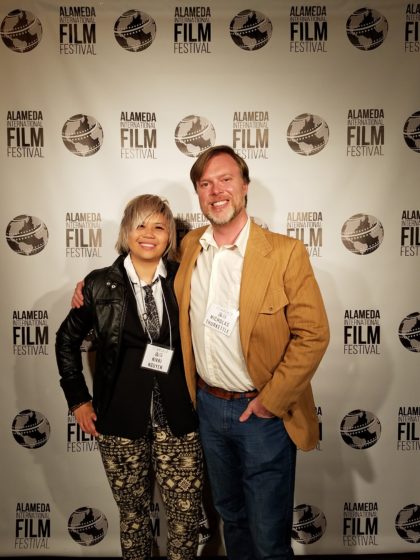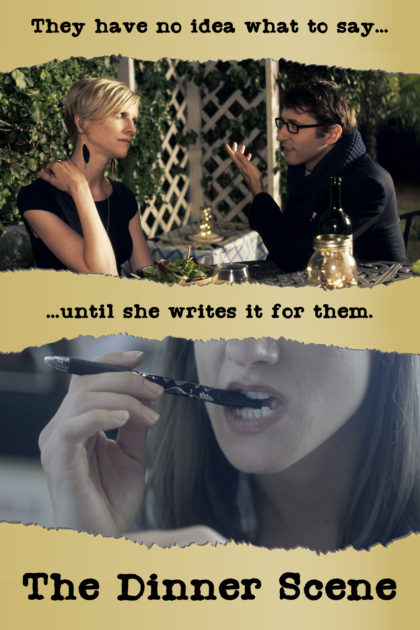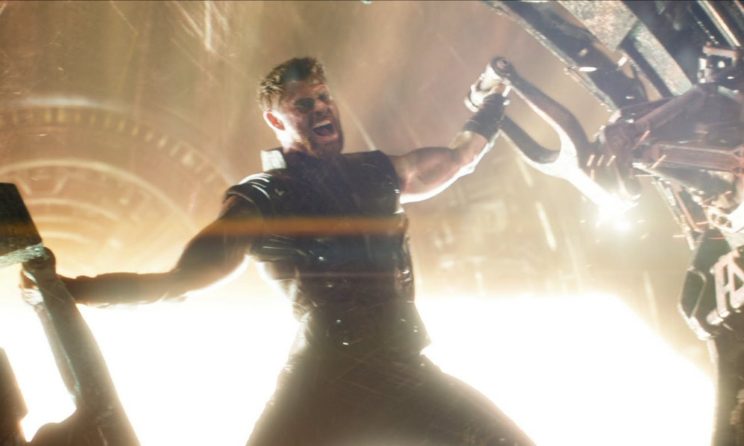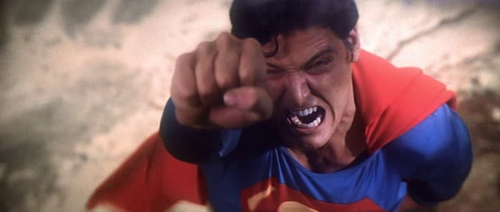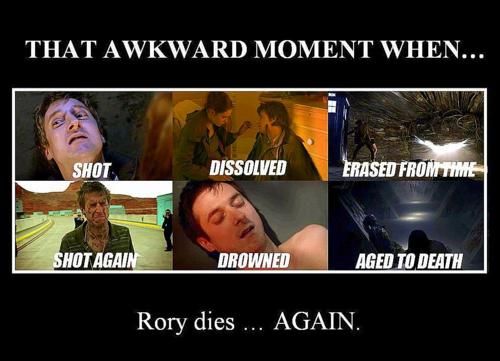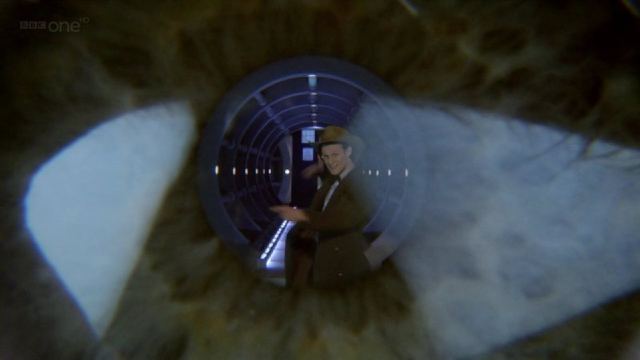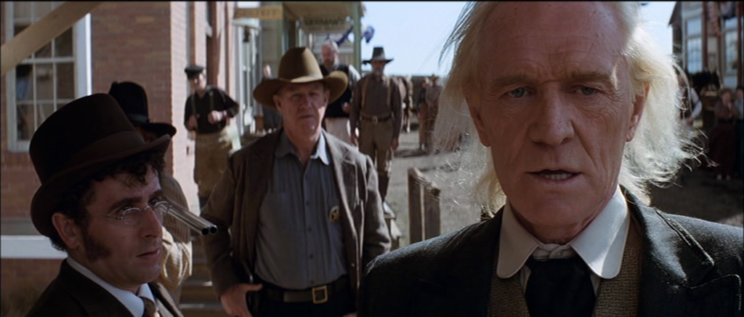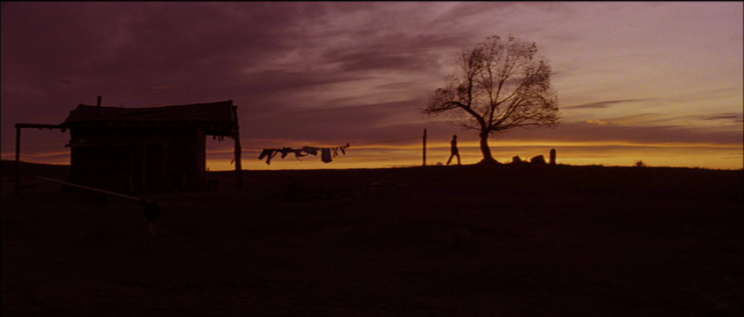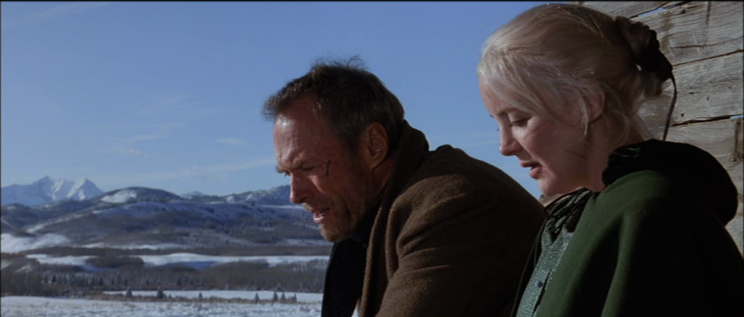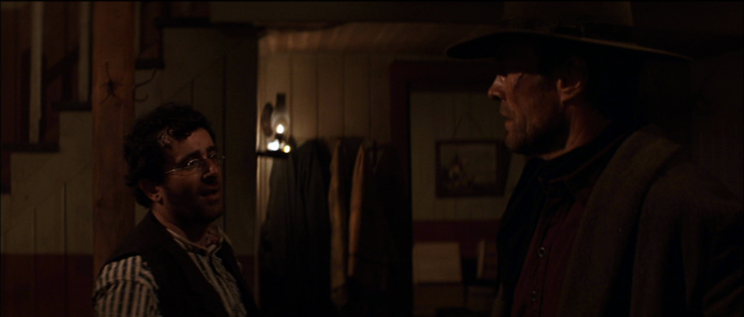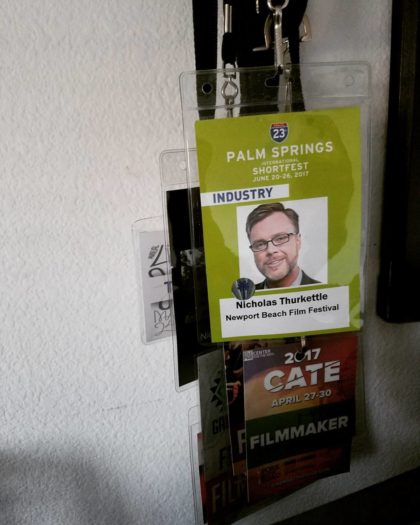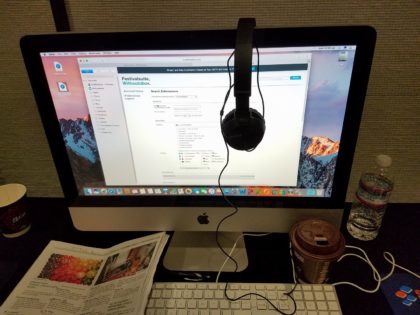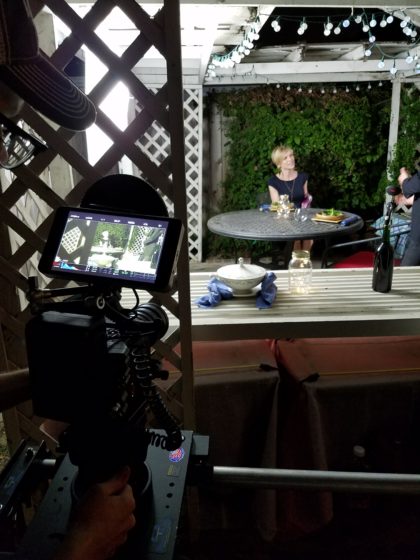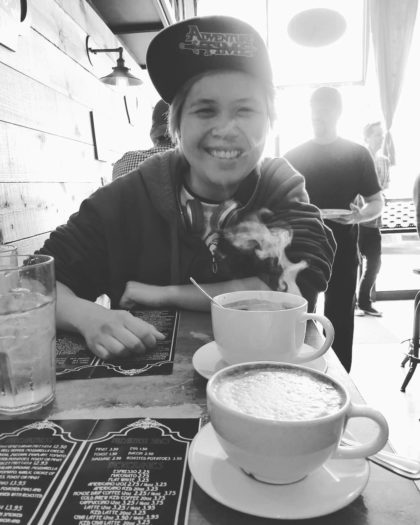Wherein a Low Budget Filmmaker Had Better Look Beyond the Obvious Numbers
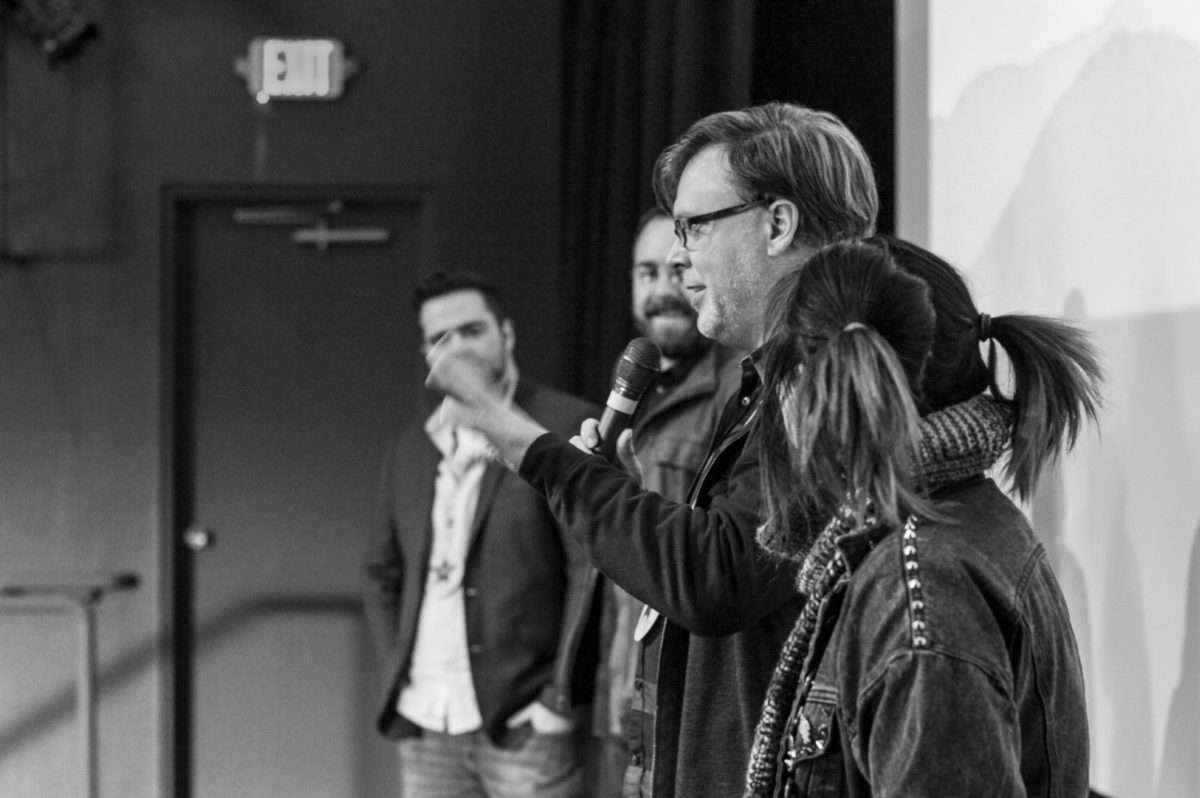
If you are fortunate enough to have any kind of festival run with a film you have made, there are two questions you can bet money on receiving at a Q&A before your run is over. 1) “What did you shoot on?” and 2) “What was your budget?”
The answer to the first question is readily at-hand. But I have found the second to be frustratingly non-simple; and I’ve learned something by exploring what vexes me about it.
Is your “budget” solely the amount of money which came out of yours and your investors’ pockets in order to make what appears on the screen? Do you include marketing expenses like creating a website and printing posters and postcards? What about buying snacks for a cast and crew screening party? What about festival submission fees? Festival travel costs? If you are planning this properly, you certainly need to plan ahead for those, but are they part of your “filmmaking” budget? Or is marketing and distribution – at least for the purposes of answering that audience member’s question – a separate number?

This is not a problem unique to filmmakers at my level. It infects even the highest levels of Hollywood studios, where we are accustomed to articles describing the nine-figure production budgets of blockbuster films while yada-yada-ing the worldwide marketing and distribution costs, which are often in the same ballpark as the price of making the movie, effectively doubling its “cost”. Simple inertia keeps the journalistic focus on what it costs to “make” the movie, even though, for filmmakers trying to build a career for themselves in this new unmoored independent landscape, unpacking and defining the costs of marketing and releasing their films is becoming essential for survival.
Interesting (to me) side note – the unit cost of a “blockbuster” has demonstrated remarkable stability in recent years. In 2009, we had a Pirates of the Caribbean sequel, a Harry Potter sequel, a Terminator sequel, and Avatar sitting at the high end of expense – all with reported production budgets ranging from $200-250 million apiece. A decade later, not even factoring in inflation, that’s still what you can tend to expect from a non-Avengers Marvel superhero movie or a Star Wars episode (other than Solo, which ran way over from having to essentially re-start production.) Hollywood is demonstrating remarkable efficiency at creating more and more bedazzling VFX spectacles at a predictable cost.

But let’s come back down from nine figures to where I live – three and four figures. It often sent an impressed buzz going through a film festival audience when I shared that I spent a total of $783 making The Dinner Scene. And that does match the amount I had outlayed by the time we had a finished, screenable film – I tracked every purchase and payment in a spreadsheet.
It didn’t, though, include what I described above – dozens of festival submissions, travel to festivals in many different states, posters, even the little things like driving to the post office and shipping a Blu Ray disc or thumb drive somewhere. By the time all that is factored in, over the course of two years I have probably shelled out $4-5,000 because of my “$783” film.
And there’s something even more important that number doesn’t reflect, but we’ll get to that in a bit.
So there’s a way of looking at the number which shows it to be fudged, but I think fudged in a way that is relatively traditional among filmmakers. In a way, it’s kind of a mutually-agreeable fib between filmmaker and audience – we make the dream seem more achievable, and our achievement more ingenious, the smaller a number we report. I take a greater sense of responsibility from that, though, to volunteer the bigger numbers if I am talking with anyone who has a serious intent to start down this road. They deserve to know.
In the last couple of years I have been able to demonstrate a success at getting things done for a very small price, even among the community of people making short films for festivals. Shorts I made for $700-800 would get programmed alongside works with budgets of $20,000, $30,000, or more. Because of that, I was blessed to have people close to me willing to begin investing in larger productions.
When asked the budget of “R&R”, I usually answer “$3,000”, and that’s relatively accurate by the above standard. But there’s no miracle hiding behind my thrifty ways – a lot of it comes from the volunteer energy of my collaborators, and daring to bypass costs that traditionally mitigate risk at higher budget levels. I haven’t registered an LLC for a short film. I’ve deferred pay when working with SAG-AFTRA performers. I’ve finagled free gear, skipped getting production insurance…I could have easily bankrupted myself from stupidity had one accident happened.
I put myself through the exercise of calculating what “R&R” would have cost had we made the same movie the more “professional” way – paying everyone a commensurate rate for their skilled labor, getting traditional insurance, true rental fees for all the gear we used, hotel rooms for cast and crew instead of us all squeezing onto couches and yoga mats to sleep at the cabin where we were filming.

Once I crunched all that, I realized that the same movie which I describe as costing $3,000 could have cost $15-20,000 without altering anything an audience sees.
How do you categorize those phantom dollars separating the two figures? How do you factor them into your understanding of what it costs to make a movie?
My anxiety about the success of “R&R” out there on the festival circuit is admittedly amplified by the fact that people close to me put their own money on the line to bring it to life. While considering this gap in “budget” numbers, though, a realization crystallized which I think I already sensed, subliminally, but which I became determined to hold on to as it now expressed itself:
Every person who works on a movie for less than a professional rate IS an investor in that movie.
Right? If their hours of expert labor are worth $500 and I compensate them with $100 worth of gas money and food, that $400 isn’t imaginary. By surrendering it, they have invested as much in my movie as an outsider writing me a $400 check did. Sure, I cut a few corners, but I didn’t get from $15-20,000 down to $3,000 with my own ingenuity and daring. It’s because of the people who provided labor, energy, artistry, and valuable equipment and supplies for less than their true value.
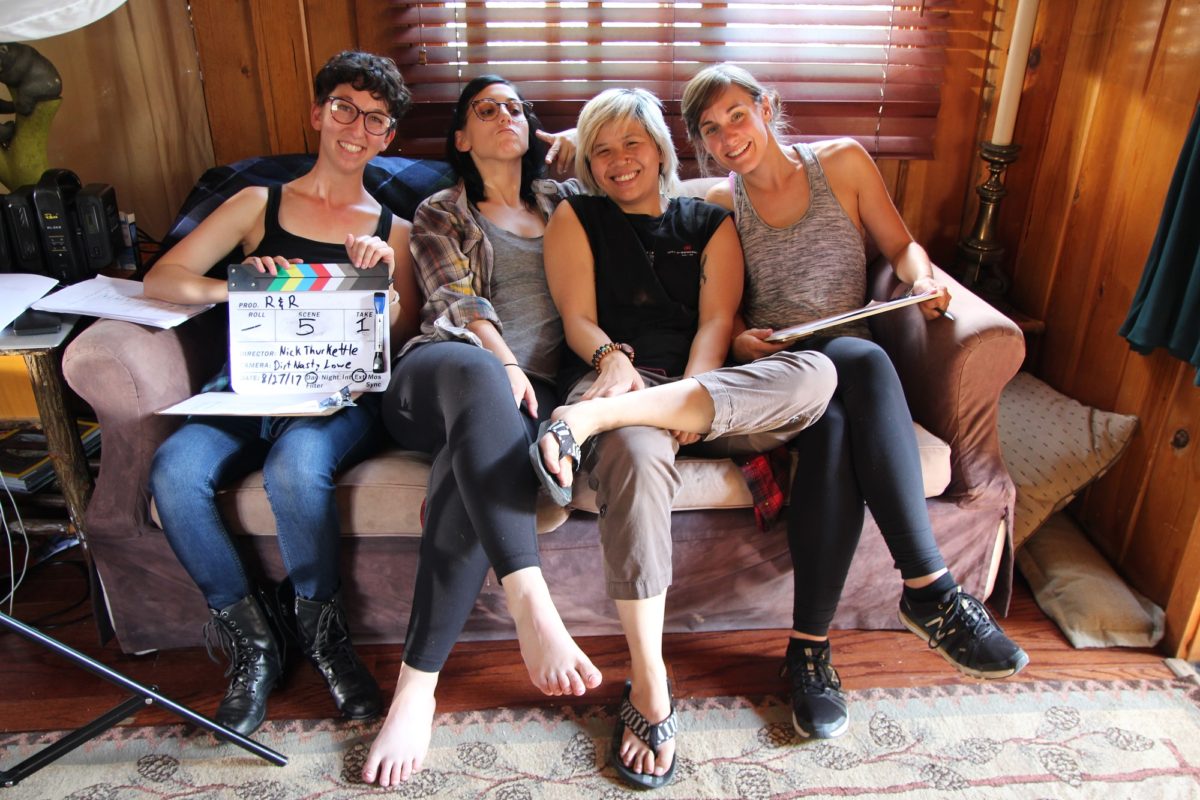
Is this a merely rhetorical consideration? A quibble over numbers that never took the form of real currency? I can’t stop you thinking that way. But how would it change the way you ran your set if you thought of every person around you as an investor? Would you treat them with greater respect and care? Would you feel a greater responsibility to plan and organize so that they knew how valued their time was? Would you work to keep them in the loop throughout the life of the project, knowing that they had “bought in” to every achievement it racks up out there in the world?
I send updates to every person who worked on my shorts. I include pictures and stories from festivals. If there’s a screening they might be able to get to, I send them everything they need to know in order to get there and/or invite their friends. Not everyone responds, but I’d rather show I care more than they need me to. Conversely, I’ve acted for cut rates in feature films where a year or more can pass after I wrap and leave the set without my hearing a sniff of news.
I have been remarkably fortunate in the talent and energy level of the people who have worked on multiple films with me; but I do believe you get more fortunate in such matters when you cultivate an attitude like this. I believe you get more fortunate when you consider in advance how to create the best experience available within your means. As we were driving down out of the mountains after wrapping “R&R”, I joked-but-not-really-a-joke that the 44 hours we had spent up there constituted just about the perfect span of time for the moviemaking sprint we had to undertake; and if we had stayed up there for one more day, we might not have been able to keep it positive no matter how much we liked each other. That was as much a gamble to me as the lack of insurance – asking how far one can ask people you’re not paying to push themselves. And I think, in that area, we came close to finding the limits of our “budget”.
To put it in the starkest terms – my credit card is not going to allow me to pretend that festival travel costs don’t count, and my credibility (not to mention my circle of friends) is not going to allow me to disregard a finite budget of donated labor. All those costs are floating out there, in the future of films already made or not even made yet. “R&R” was finished in January of 2018 but, just last night, I spent another $75 on it, making a new DCP plus backup for upcoming festival screenings. That’s not a dollar amount I can afford to casually light on fire.
No matter that it might take some of the magic out of the astoundingly teensy numbers we consider “the budget”, if I am going to advance my career I have to recognize and prepare for these costs now; just as I have to recognize and prepare for the “cost” of all the favors which will once again bless me as yet another tiny, tiny budgeted project of mine comes to life and gets out into the world.


